Ever since conservative courts and voters began trying to eliminate affirmative action in the 1990s, universities have sought creative ways to boost their enrollment of minority students without explicitly relying on race. When California voters banned racial preferences in public universities in 1996, for example, the University of California responded by adopting admissions preferences based on socioeconomic status instead. And after a federal appellate court struck down the University of Texas’s race-based affirmative action program, the school adopted a plan that guaranteed admission to those students graduating in the top 10 percent of their high school class.
When the Texas effort—known as the Top Ten Percent Plan—failed to generate the racial diversity school officials sought, the university returned to using explicit racial preferences. Those preferences are now being challenged in the Supreme Court case of Fisher v. Texas, and many expect the conservative justices to deal what could be a fatal blow to race-based affirmative action at American public universities. Once again, however, the universities have a secret weapon they hope will allow them to circumvent such a ruling: data mining.
